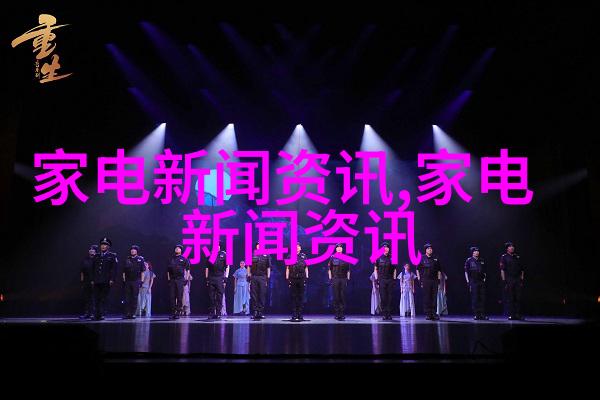工业制冷设备技术发展及其在现代应用中的创新探索

工业制冷设备技术的发展历程
随着科学和技术的不断进步,工业制冷设备已经从简单的手工制作到现在高科技化、自动化程度极高。早期的冰箱主要是用来保存食品,而后逐渐扩展到各种商业和工业用途,如药品储存、生物样本保藏等。

从蒸汽机时代到电力驱动
19世纪中叶,蒸汽机被用于驱动第一台实用的冰箱,这标志着工业制冷设备的一个新阶段。这类冰箱通过利用压缩空气或其他介质来减少其体积,从而将热量从室温环境转移到一个较低温度的地方。在这之后,随着电力的普及,电力驱动的制冷装置开始取代了蒸汽机,以更为便捷、高效地提供能源。

冷冻技术革命
20世纪初期,由于雷利(Carnot)热力学原理对设计更高效能率的系统有所启发,一些物理学家如卡尔·斯文伯格(Carl von Linde)、维克托·莫里斯(Viktor Meyer)以及华莱士·卡门(Wallace Carman)等人,对现有的设计进行了改进,使得这些装置能够达到零度以下温度,并且实现大规模生产。这种新的技术不仅提高了性能,还降低了成本,为广泛使用创造了条件。

微型化与智能控制
随着半导体材料和电子元件的发展,以及计算机技术的迅猛增长,微型化与智能控制成为现代工业制冷设备的一个重要特点。现代产品往往集成了先进传感器、微处理器和通信系统,可以根据实际需求实时调整工作参数以优化能效并确保稳定性。此外,不锈钢材质、防腐涂层等材料也被广泛采用,以满足不同行业对于耐久性和卫生性的要求。

应用领域概述
商业与餐饮:超市里的货架式冰柜、大型餐厅中的中央厨房配送系统。
医疗保健:血液库、中医药材保存室等。
农业生产:农场用于果蔬保护生长周期短促食物。
数据中心:服务器房内需要精密调控温度以避免过热导致硬件故障。
绿色环保趋势
由于全球关注环境问题日益加深,现在许多企业正在寻求更加节能减排的解决方案。一种方法是在制造过程中使用环保合成 refrigerants 替换传统氟利昂类物质,同时开发可再生能源供电给制冷系统。此外,有研究者致力于开发基于太阳能或风能的小型无污染循环式空调单元。
未来的可能性
未来可能会出现更多专为特定应用场景设计的小型、高效率、一体化整套解决方案。例如,在远程偏远地区或者资源有限的情况下,可部署移动式小型压缩机组,或采用干式绝缘板作为二次循环介质,即使在没有中央供暖通风的大气流通情况下,也可以有效保持空间内适宜温度。这将极大地推动产业向更加灵活、高效且可持续方向发展。
总结:
Industrial cooling equipment technology has evolved significantly since its inception, from the first primitive iceboxes to today's high-tech, automated systems. The journey from steam power to electricity, and then to micro-sized and smart controlled devices, reflects not only technological advancements but also our increasing awareness of environmental concerns. As we look towards the future, it is likely that industrial cooling equipment will continue to adapt and evolve in response to emerging needs and technologies.
The development of green solutions such as using eco-friendly refrigerants and renewable energy sources for powering cooling systems demonstrates a commitment towards sustainability. Moreover, the integration of advanced materials like nanotechnology-based heat exchangers could potentially revolutionize the field by enhancing efficiency while reducing costs.
In conclusion, industrial cooling equipment has come a long way in terms of both technological advancement and environmental responsibility. As we move forward into an increasingly interconnected world with growing demands for precision temperature control across various industries, it is crucial that we continue to innovate while prioritizing sustainable practices.
This article highlights several key aspects related to industrial cooling equipment technology: its historical development; current applications across different sectors; recent trends such as miniaturization & smart control; ongoing efforts towards greener alternatives; potential future developments based on emerging technologies like nanotechnology or renewable energy sources; concluding remarks summarizing main points discussed throughout this piece about how these innovations can shape up modern industry landscape through innovative solutions which emphasize efficiency alongside environmentally friendly methods making them more versatile than ever before providing better results at lower costs thus improving overall performance quality standards worldwide!



